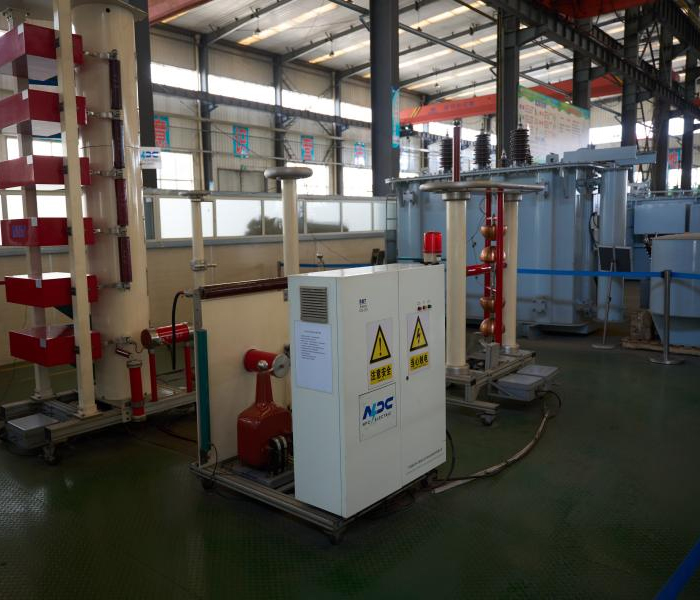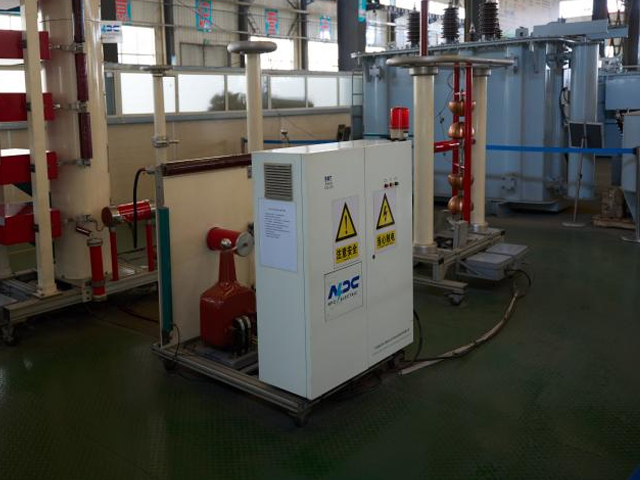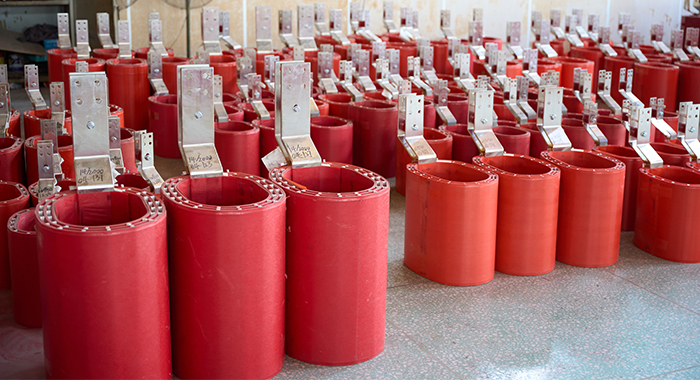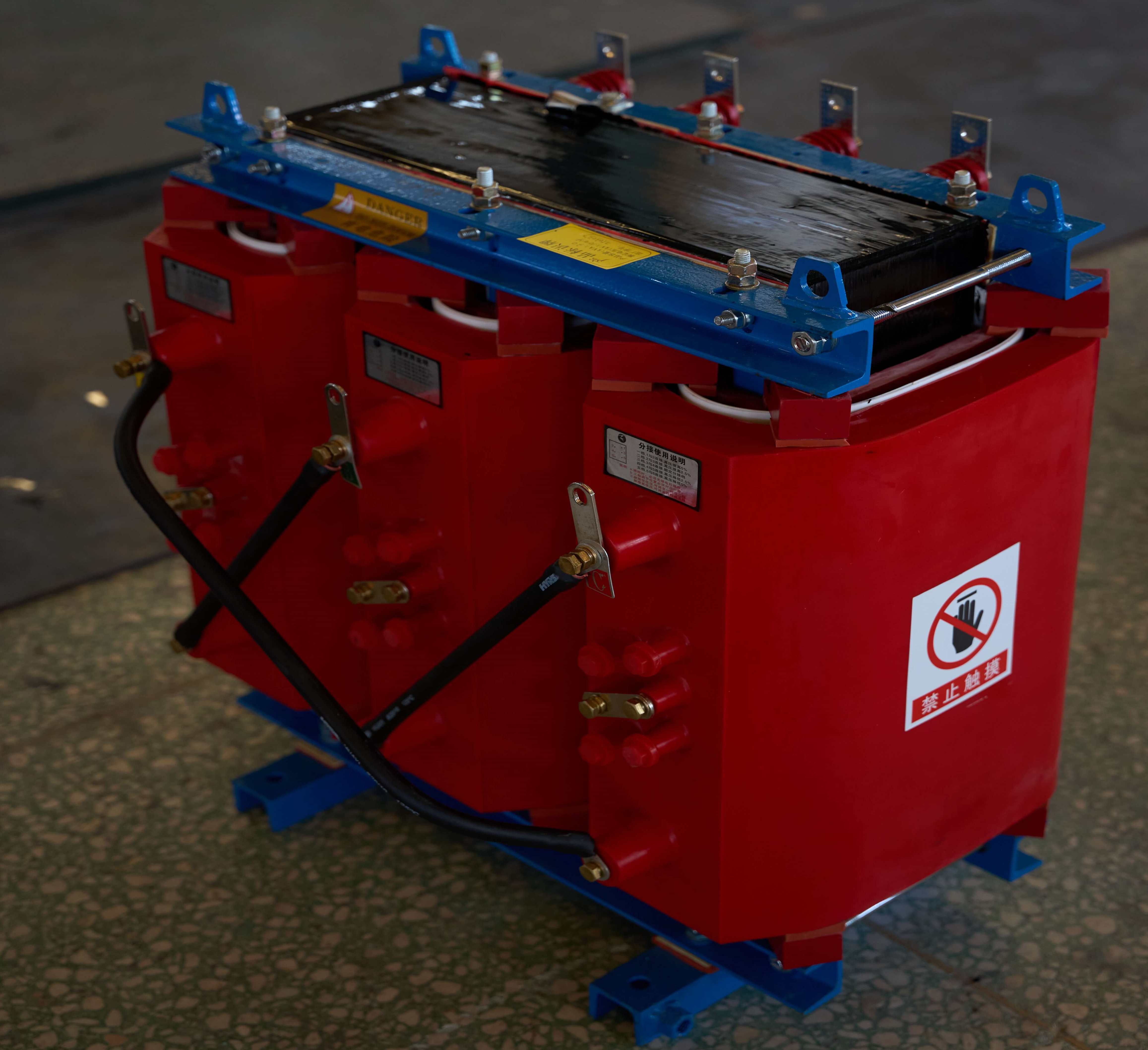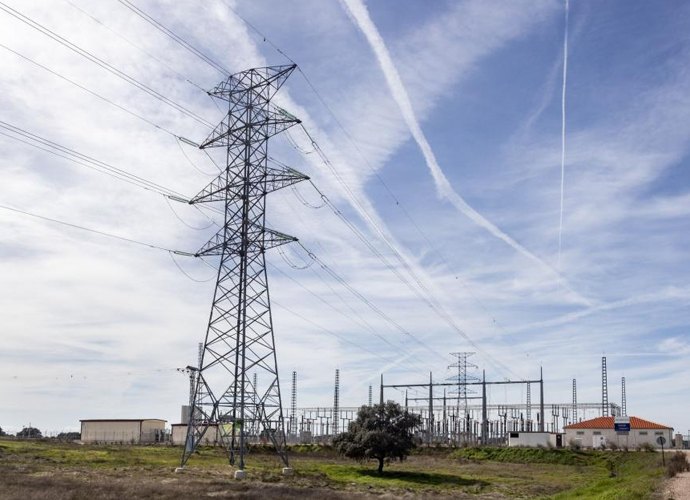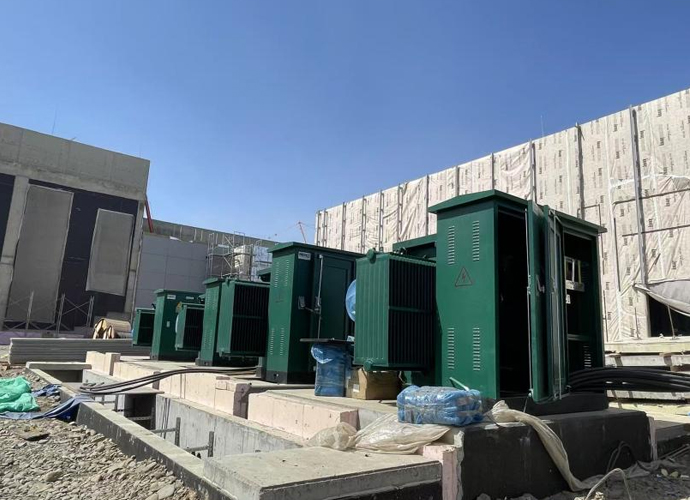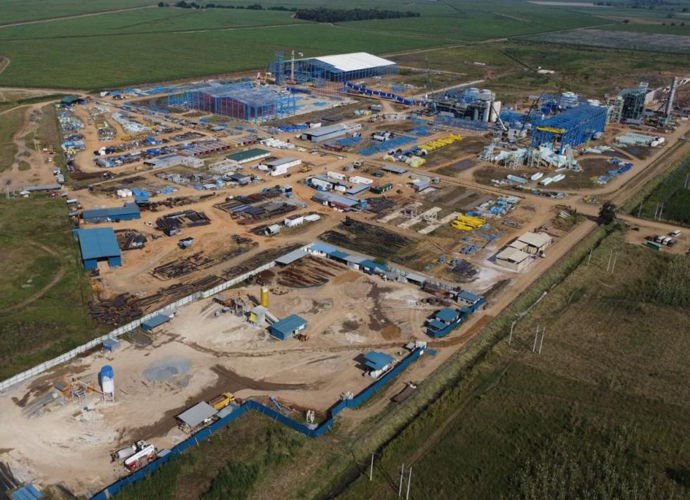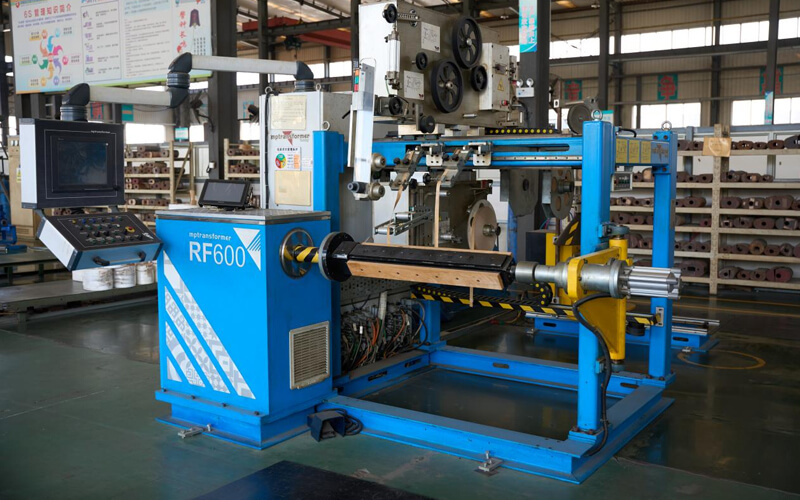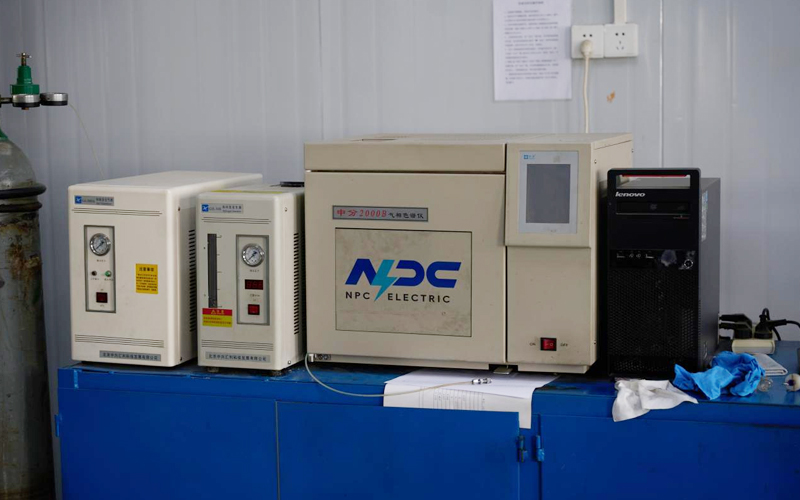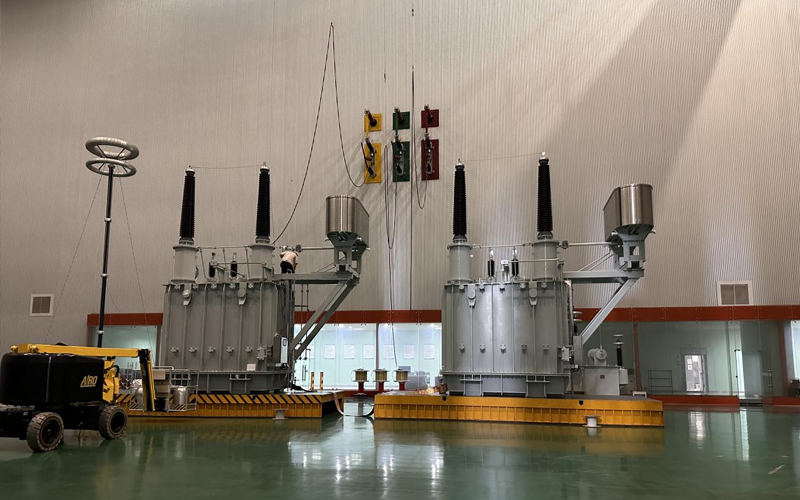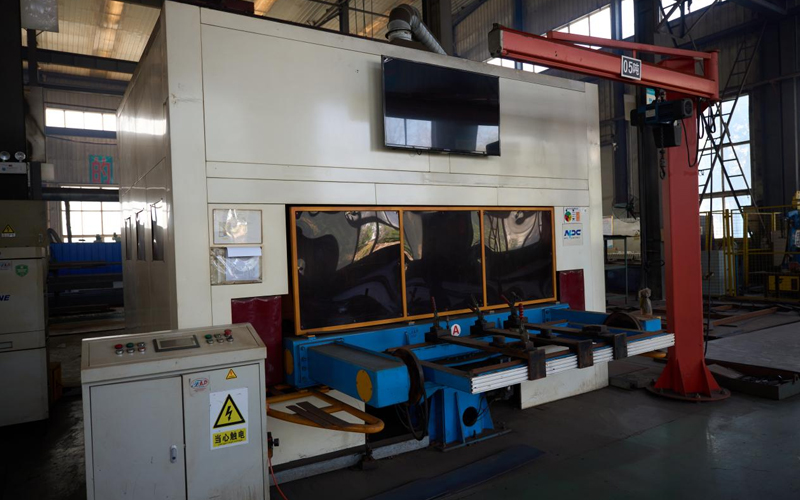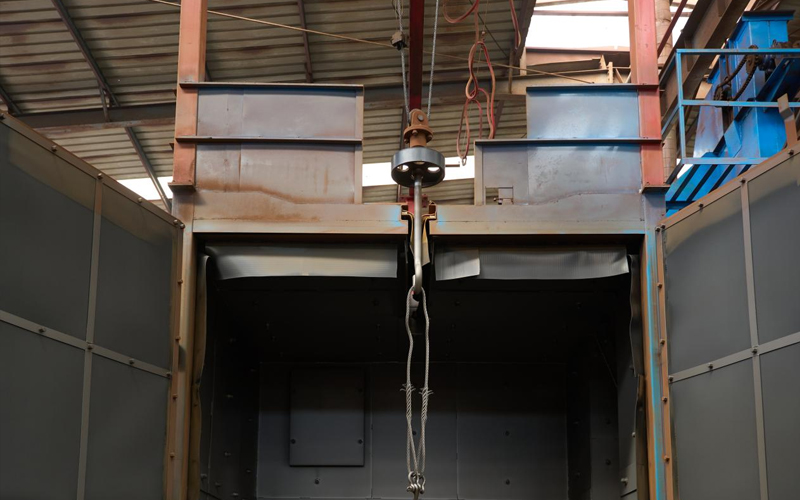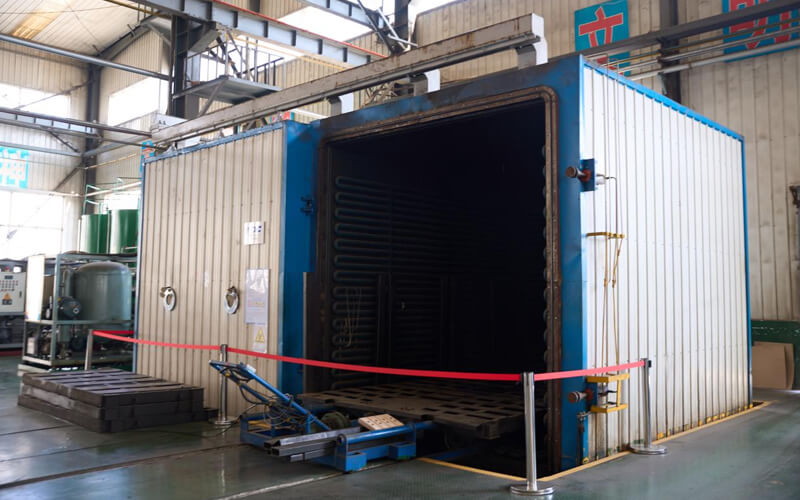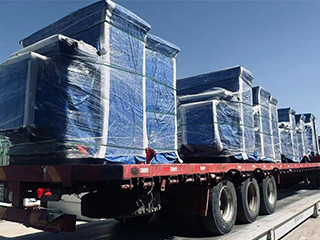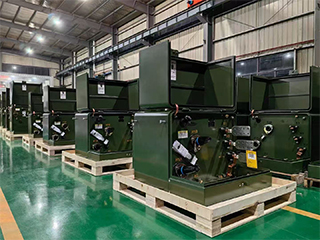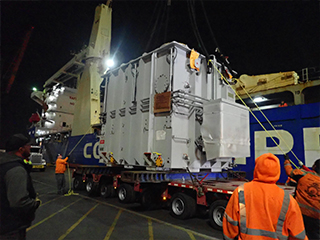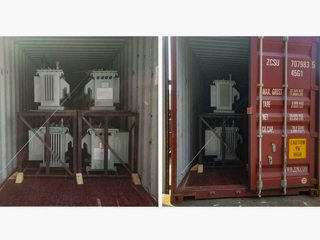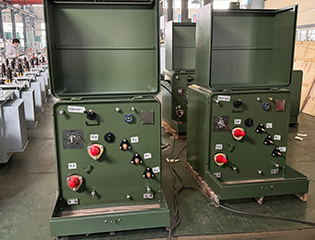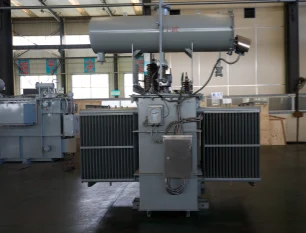400kVA Dry Type Transformer
- Primary Voltage Ratings 34.5-19.92/13.8-7.957/13.2-7.62/12.47-7.2, 24.94, 26.25, 33 or others
- Secondary Voltage Ratings 480/277V,400/230V,380/220V or customized
- H.V. Tap Range ± 2×2.5% HV taps or others
- Type Dry type transformer
- BIL 30/95kV
- Standards IEEE, ANSI, NEMA,IEC,GB
- Application distribution networks, office buildings, transportation facilities,theaters, hospitals, hotels etc
- Power Rating 400kVA
- Certificate UL ,CESI
- Cooling Method OA/OF
- Opeartion Step Down & Step Up
Technical Specifications
| Technical Specifications | ||
| Rated Power | 400 kVA | |
| Rating Primary Voltage | 2.4-34.5kV | |
| Secondary Voltage | 480/277V 400/230V 380/220V Customized |
|
| Frequency | 50/60Hz | |
| Vector Group | Dyn11,Yyn0,Dyn5 | |
| Winding Material | Aluminum/Copper | |
| Efficiency | As IEEE,Doe 2016,CAS Std or Customized | |
| Impedance Voltage | Nominal 2% or Customized 1.1-5.75% | |
| Altitude | ≤1,000m or Customized | |
| Enclosure material | 304 Stainless Steel | |
| Total Weight | 1750 kg | |
| Outline Dimensions(L×W×H)in. | 1450×1250×1700(mm) | |
| HV Bushing |
| LV Bushing |
| Tap changer connector |
| Lifting hook for complete transformer |
| Name plate |
Customization Optional
The 400kVA dry-type transformer is designed to provide reliable and efficient power distribution in compact and environmentally sensitive environments. It features a rugged oil-free design that eliminates oil leaks and fire hazards, making it an ideal choice for safety-critical applications. The transformer uses a high-performance core and advanced insulation technology to ensure low energy losses and stable operation even under heavy loads.
Packing and Shipping
Protection and Wrapping: The transformer is securely wrapped in protective plastic or shrink film to safeguard it from moisture, dust, and scratches. Special attention is given to ensure the unit’s external parts, such as terminals and bushings, are fully protected.
Wooden Crate or Steel Frame: The transformer is placed in a custom-built wooden crate or mounted on a steel frame to provide structural support and prevent any physical damage during shipping. The crate is designed to withstand handling, loading, and unloading processes, while also offering protection against external impacts.
Shock and Vibration Protection: To minimize the risks of damage from shocks or vibrations during transportation, the transformer is cushioned with foam or other shock-absorbing materials inside the crate. This ensures that the unit remains stable and secure during its journey.
Labeling and Documentation: Each shipment is clearly labeled with essential information such as the destination address, handling instructions, and product details. Accompanying documents, including the packing list, shipping invoice, and product warranty, are included to ensure smooth customs clearance and efficient handling.
Shipping Methods: The transformers are typically shipped via sea freight, road transport, or rail, depending on the destination and customer requirements. The choice of shipping method is selected to ensure timely and cost-effective delivery, with tracking provided to monitor the shipment's progress.
Inspection Before Shipping: Prior to shipping, a final inspection is conducted to ensure that the transformer is in perfect working condition and that all protective measures have been properly implemented. This inspection ensures that the unit is fully operational upon arrival.
By using these comprehensive packing and shipping procedures, we ensure that the 200kVA Dry-Type Transformers are delivered to customers in pristine condition, ready for installation and use in a variety of industrial and commercial applications.
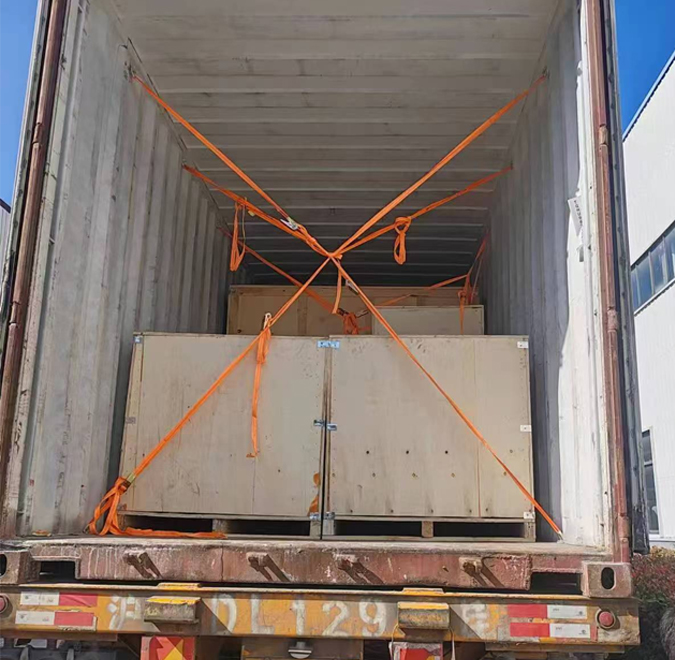
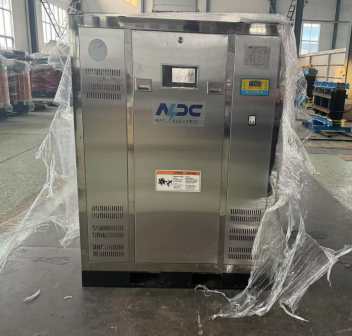
Manufacturer Test
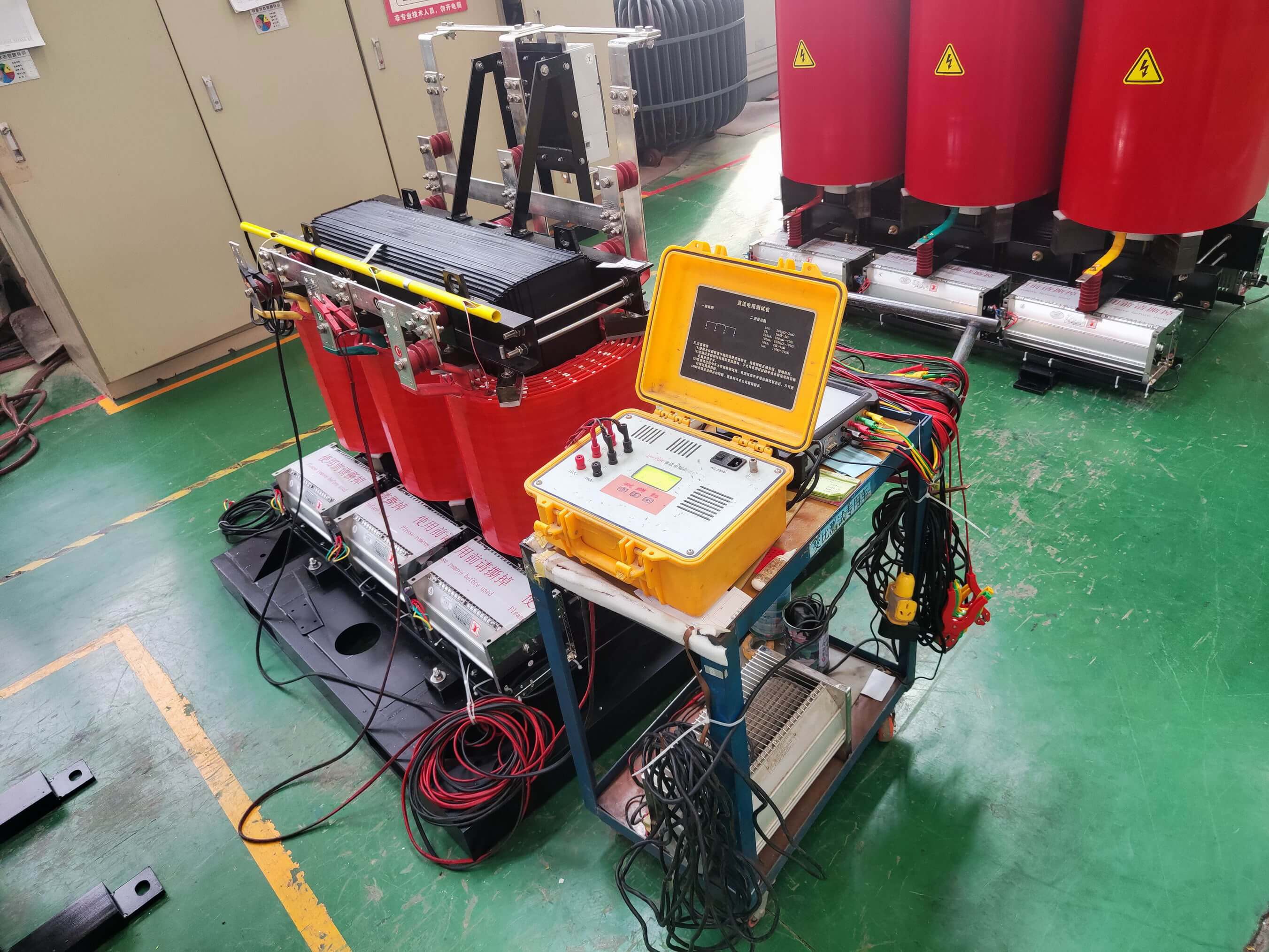
Progress Test
The progress test for the NPC Electric 400kVA Dry-Type Transformer is an essential part of the quality assurance process, ensuring that the transformer meets the highest standards of safety, performance, and reliability. Throughout the manufacturing stages, the transformer undergoes several critical tests, including:
Dielectric Testing: To verify the insulation’s ability to withstand high voltages without breaking down, ensuring safety during operation.
Temperature Rise Testing: The transformer is subjected to both no-load and full-load conditions to monitor its temperature and ensure it operates within the allowable temperature limits.
Load Loss and No-Load Loss Measurement: These tests measure the energy efficiency of the transformer under different operating conditions, confirming that the transformer minimizes energy losses.
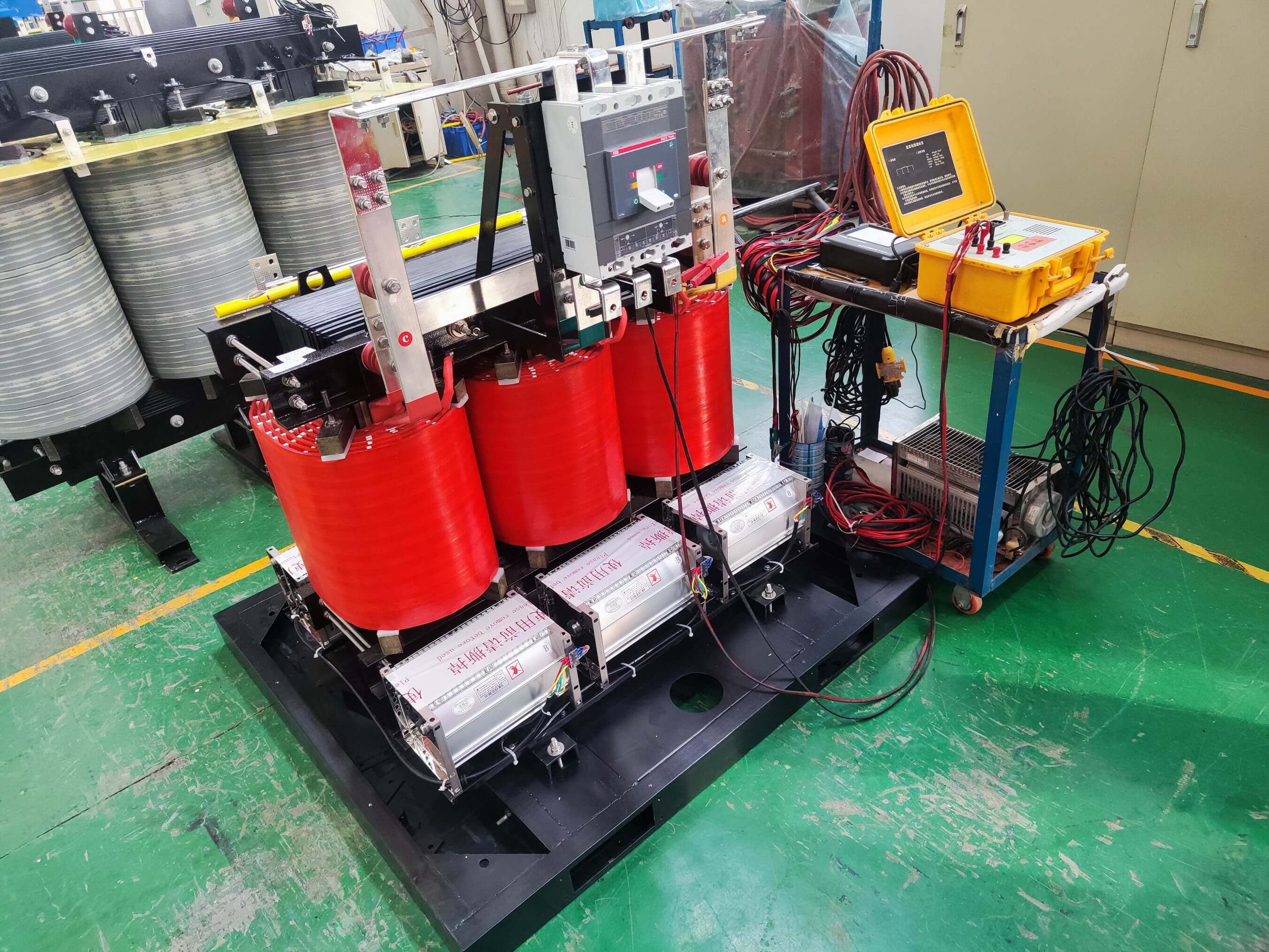
Design Tests
All transformer will be test after finished the production, test items as below:
♦ Insulation Power Factor
♦ Winding Resistance
♦ Impulse Tests
♦ On load Loss Test
♦ No Load Loss Test
♦ Leak Test
♦ DC Insulation Resistance Test
♦ Transformer Turns Ratio/TTR (All Tap Voltages)
♦ Impedance Voltage & Load Loss (Rated Voltage)
♦ Excitation & No-Load Loss (Rated Voltage)
♦ Applied Voltage
♦ Induced Voltage
♦ Lightning Impulse
♦ Insulation Resistance (Rated Voltage)
♦ Temperature Rise
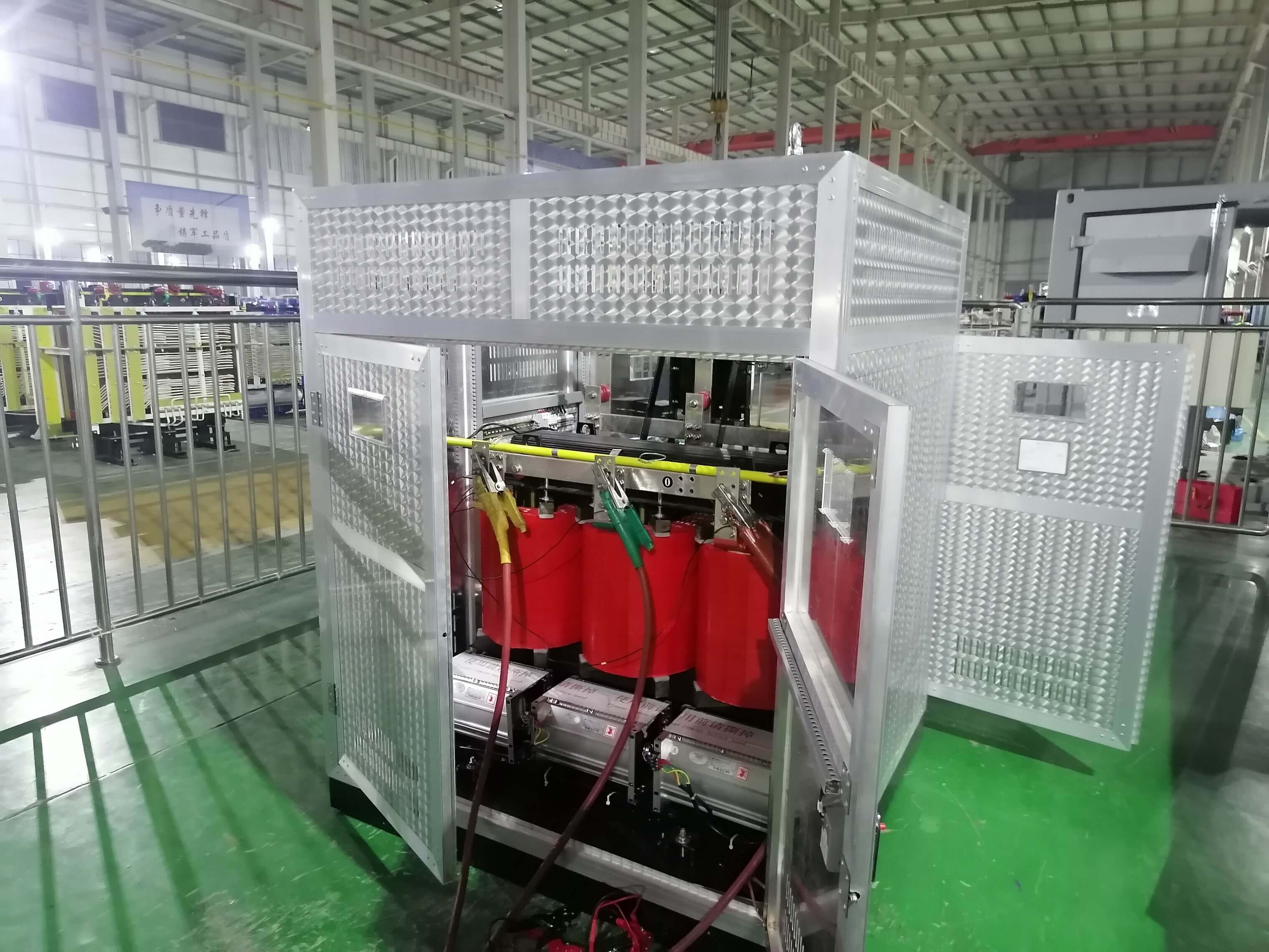
Transformer Factory Acceptance Test
NPC Electric conducts rigorous quality control testing on every transformer or representative samples, as well as on specific components and materials, to ensure compliance with design specifications throughout the production process.
The Factory Acceptance Test (FAT) for a 400kVA three-phase dry-type transformer is a critical step performed before shipment to verify that the unit meets all applicable standards and delivers optimal performance. The FAT includes the following key procedures:
Visual Inspection: Evaluates the transformer’s physical condition, including the enclosure, terminals, and labeling, to ensure conformance with design and safety requirements.
Electrical Testing: Involves measuring winding resistance, insulation resistance, and performing turns ratio tests to validate electrical integrity and functionality.
Dielectric Strength Test: Applies high voltage across the insulation system to ensure it can endure both normal and transient operating voltages without failure.
Load Testing: Simulates real-world operating conditions to assess the transformer’s voltage regulation, temperature rise, and overall efficiency under load.
Protection Device Testing: Verifies the proper operation of integrated protective components such as thermal sensors, temperature relays, and tap changers (if applicable).
Routine Test - Induced Voltage
AC voltage source, commonly 2 kV, 5 kV, 10 kV, or customized according to test requirements.
Environmental thermometer and hygrometer, used to record the temperature and humidity of the environment for appropriate test evaluation.
Check the connection wires and terminals to ensure they are secure and free of contamination.
Test under suitable environmental conditions: relative humidity below 75%, no rain (recommended temperature: 20-30°C).
Connect the test equipment to the appropriate terminals or bushings of the device under test, ensuring that the connections are secure and properly grounded.
Apply Test Voltage:
Select the appropriate induction voltage according to the rated voltage and standard of the equipment.
Induced Voltage
Applied Current
Voltage peak, stability and waveform (waveform analysis)
Any abnormal current or voltage changes during the measurement process.
1% < Inductive voltage ≤ 3% (Good): still within acceptable range.
Inductive voltage > 3% : faulty or not meet safety requirements and requires further analysis and repair.

Application
Technical Advantages
Product Packaging
Related Products
FAQ From Customers
-
What is a Transformer?A transformer is an electrical device used to change the voltage of alternating current (AC). It works on the principle of electromagnetic induction, converting high-voltage current into low-voltage current or low-voltage current into high-voltage current. Transformers are widely used in power transmission, distribution systems, and various electronic devices.
-
What are the main uses of a transformer?The main use of a transformer is voltage conversion. Transformers are used in power transmission systems to help transfer electricity from power plants to consumers. In addition, transformers are also used in electronic devices such as chargers, televisions, power adapters, etc., to adjust the voltage to meet the requirements of different devices.
-
Do you have UL listed?Yes, our transformer has UL listed. We have exported to America many pad mounted transformer,substation transformer and HV.

